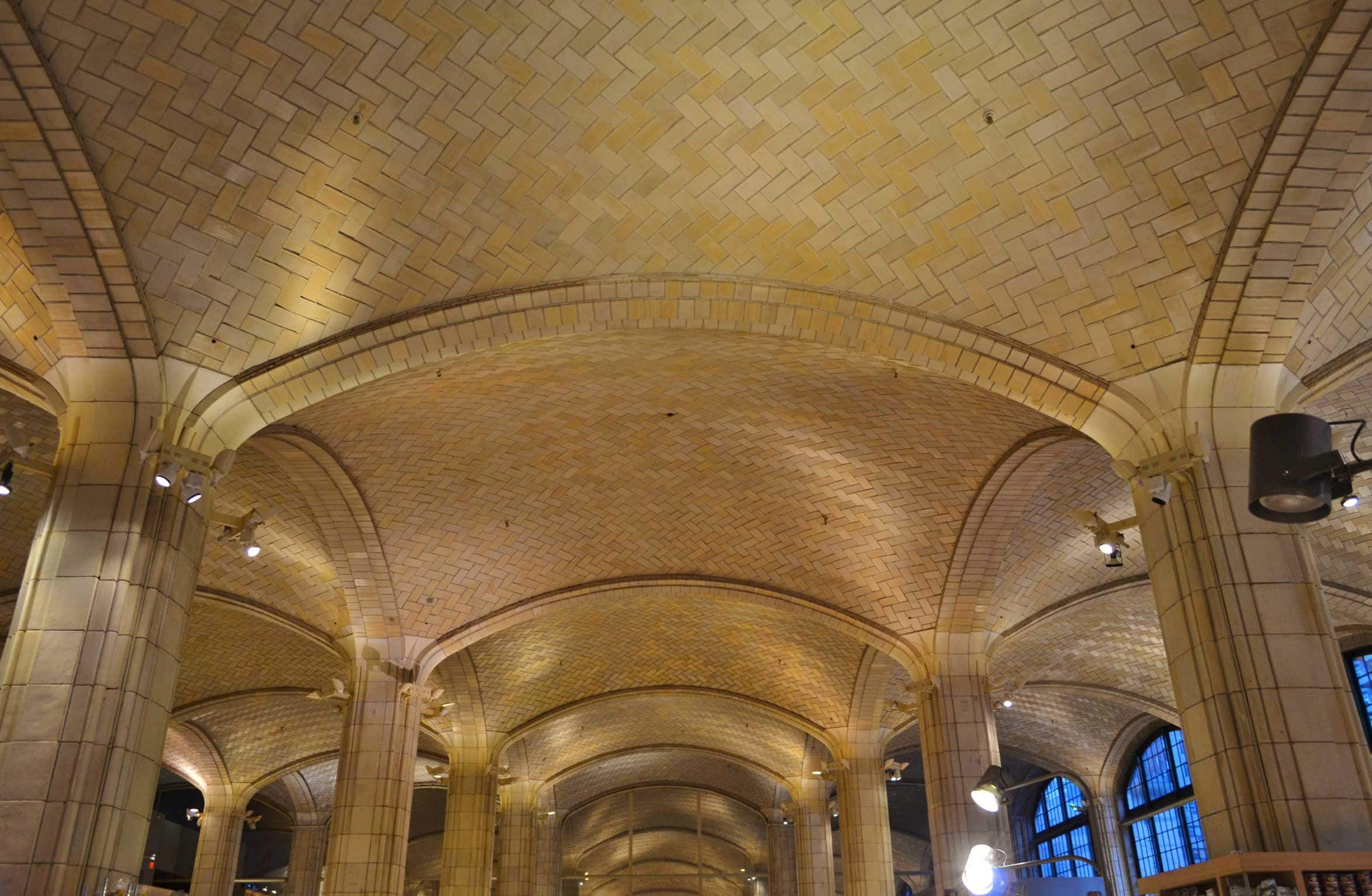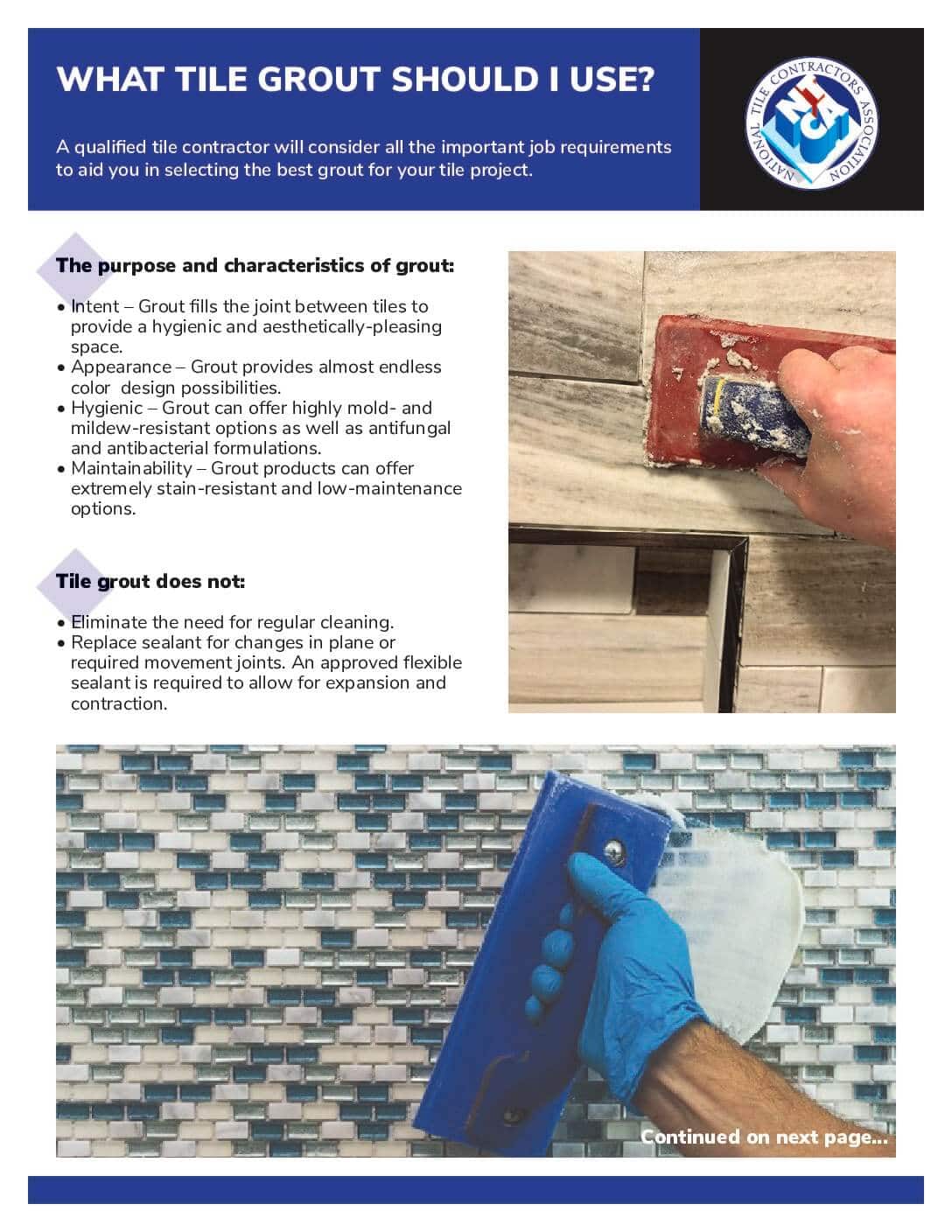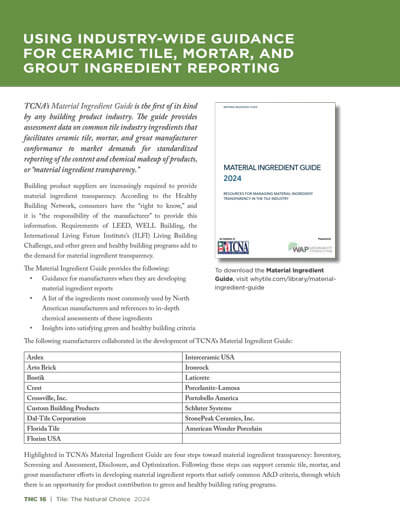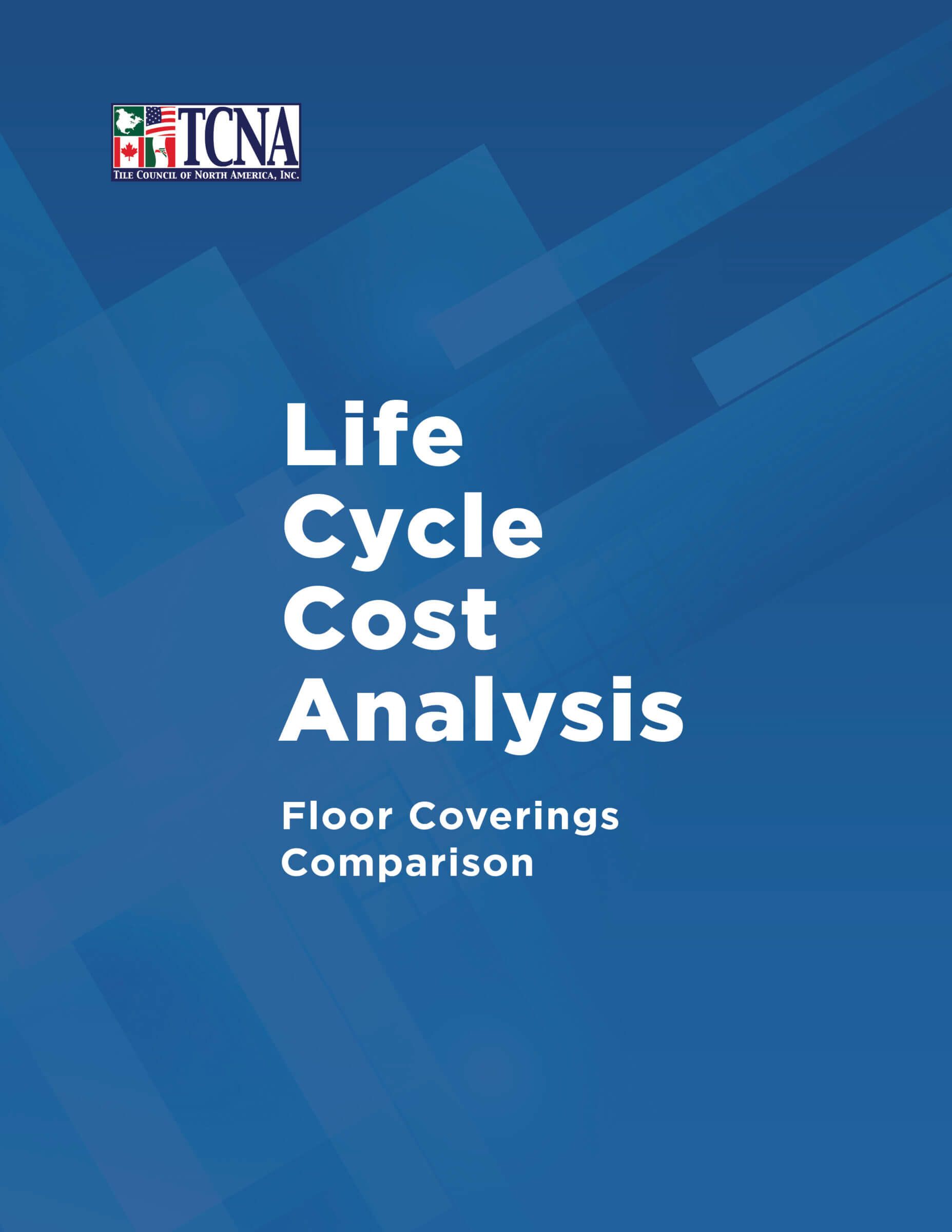Notable Tile Installation

Notable Tile Installation
Name:
Bridgemarket
Location:
New York, New York
Year of Installation:
1909
Photo: Wikipedia Commons
Craftmanship Features
The real showstopper of the area known as Bridgemarket is the 5,000 square foot arcade with a tile vaulted ceiling designed by the Spanish building engineer, Rafael Guastavino. The distinctive tile arch system uses a series of self-supporting arches and architectural vaults with ceramic tiles placed in a herringbone pattern. The mere abundance of tile is breathtaking; the structural technique of support, easy-maintenance decoration, and fireproof properties, is masterful.
Photo: Michael Freeman Photography
Photo: Creative Commons/ Kramchang
Guastavino, who moved to New York in 1861, brought his techniques from Barcelona and created the “Tile Arch System” in 1885. By the time he was called upon for the Bridgemarket project in 1909, Guastavino had already made a name for himself from his work on City Hall Subway Station, Grand Central Station, and Grant’s Tomb, all in New York City. Guastavino’s system went on to be a part of nearly a thousand well-known buildings around the world with dramatic architectural details. In the United States alone, Guastavino’s system contributed to more than 600 buildings in 36 states.
The New York City Landmarks Preservation Commission designated the Queensboro Bridge a New York City landmark in 1974 which includes Guastavino’s incredible craftsmanship below the bridge.
In 1977, the Department of Transportation worked to restore the tiles to ensure they would last for Bridgemarket’s long future ahead.
History
Bridgemarket is tucked under the Queensboro Bridge in Manhattan. The space was designed by Austrian-American architect Henry Hornbostel and engineer Gustav Lindenthal in the early 1900s. The structure was originally used for open-air markets (earning the name “Bridgemarket”) and then became a New York City Department of Transportation facility in the 1930’s. The building went unused for decades until 1977 when Hardy Holzman Pfeiffer Associates began to propose a new market design. By the early 2000s, the Bridgemarket was open for business and contained the Food Emporium, Guastavino restaurant, a Conran furniture shop, and a public plaza. The Food Emporium left the space in 2015 and Trader Joe’s, a national chain of neighborhood grocery stores known for their unique products, opened in the space in 2021.
See for Yourself
With the opening of Trader Joe’s in this historic space, you can now fortunately see Guastavino’s masterpiece anytime you grocery shop at 59th and 1st street, Manhattan.
Photos courtesy of Suzanne Ambrogio Jaffe
Extra Resources

Download #OutsideTheBox: Your Tile Buying Guide…and get started now!



